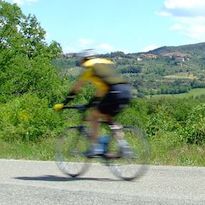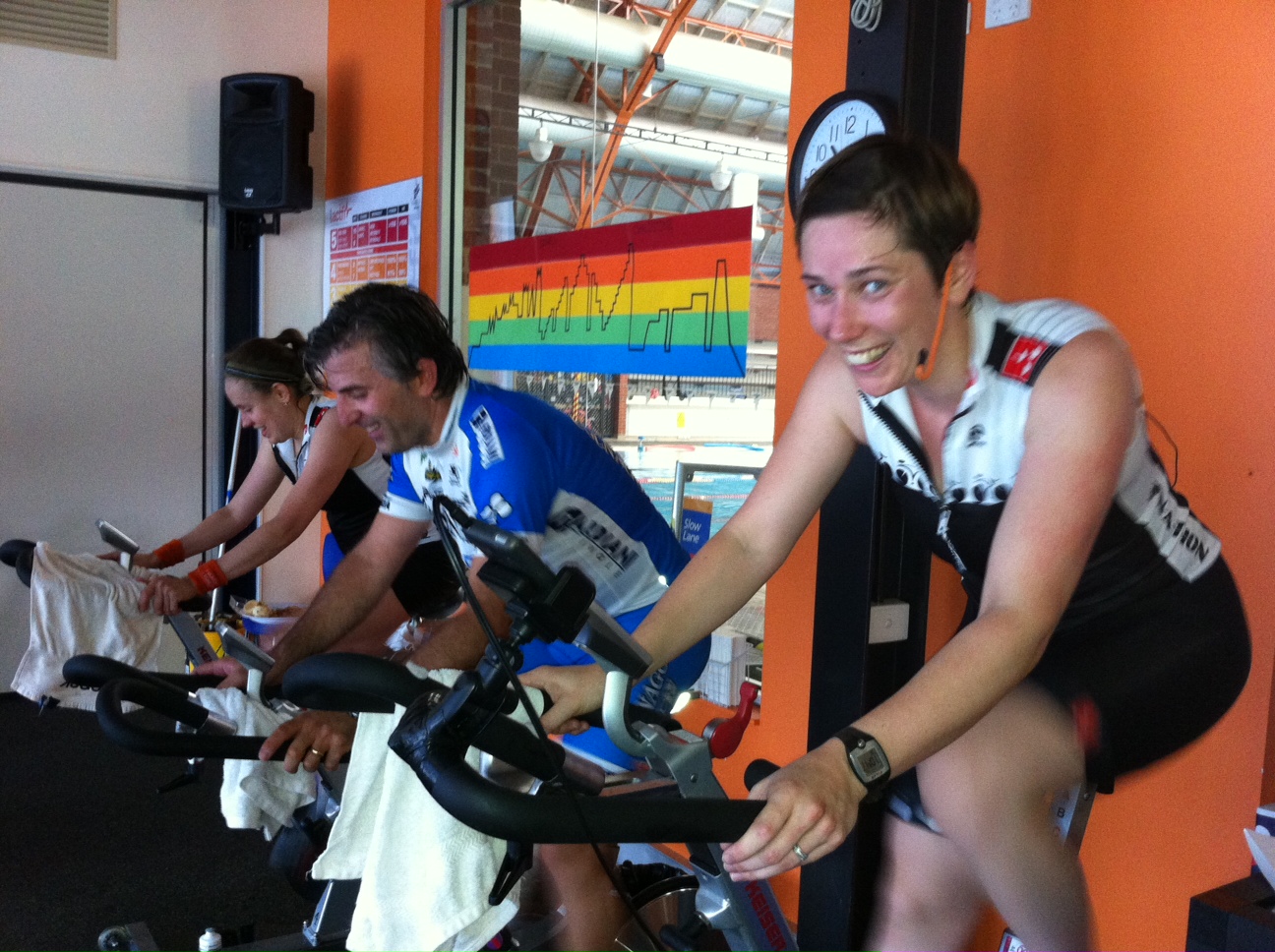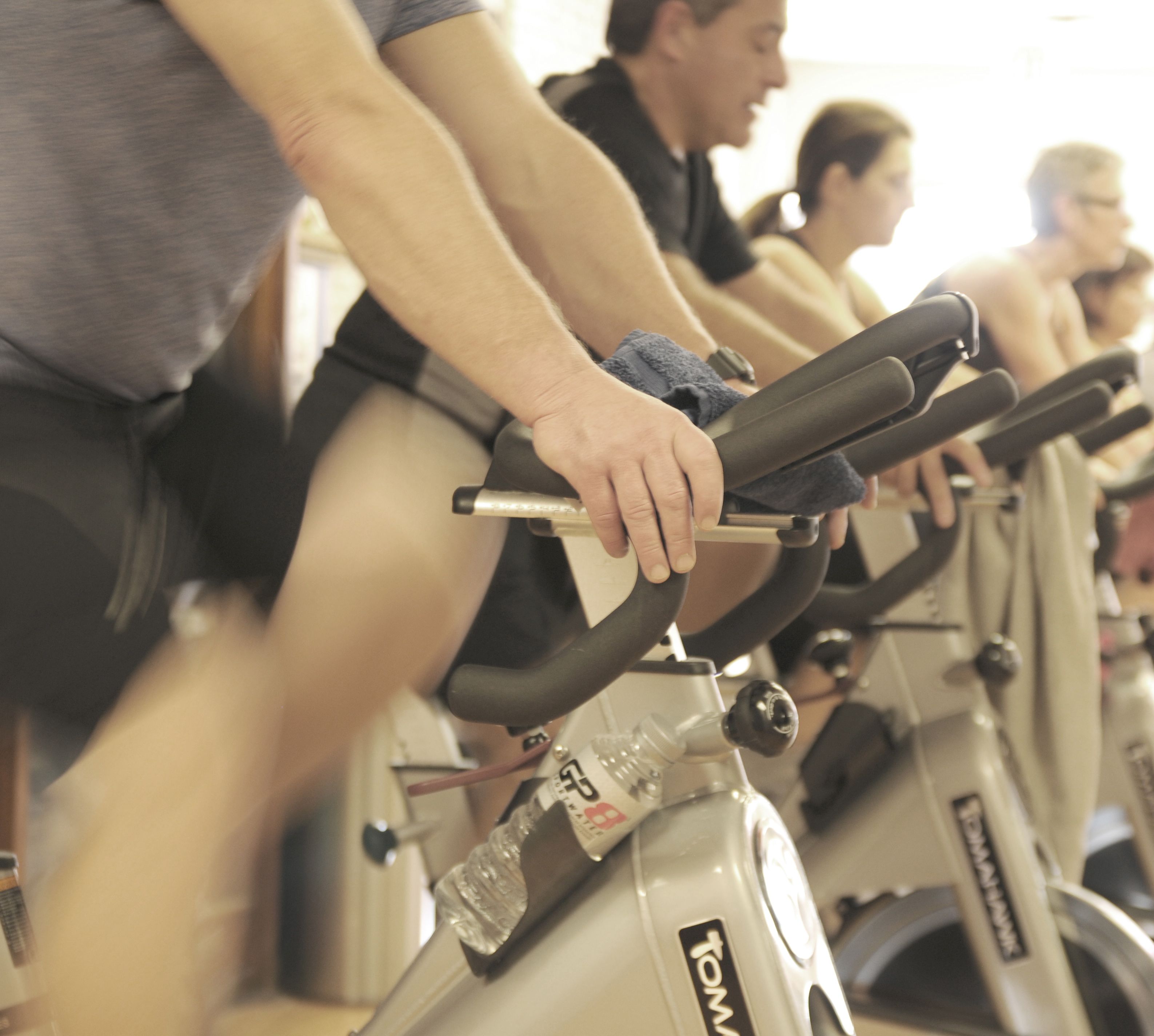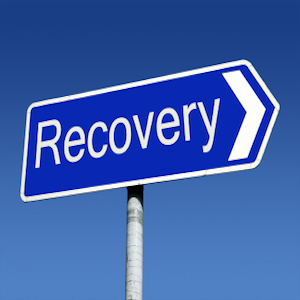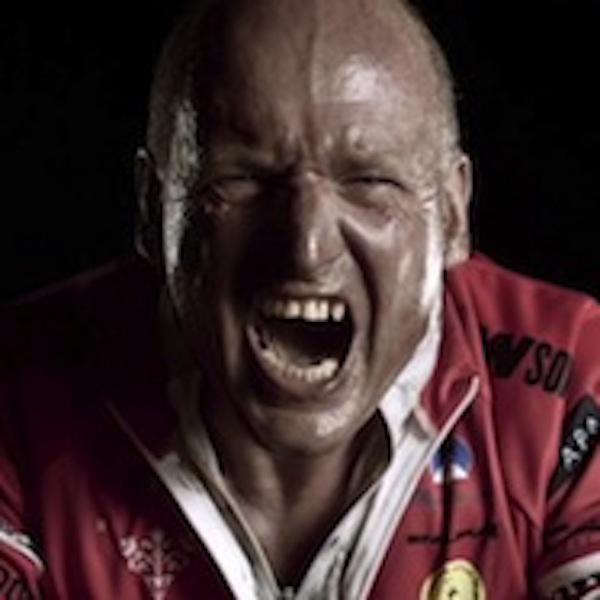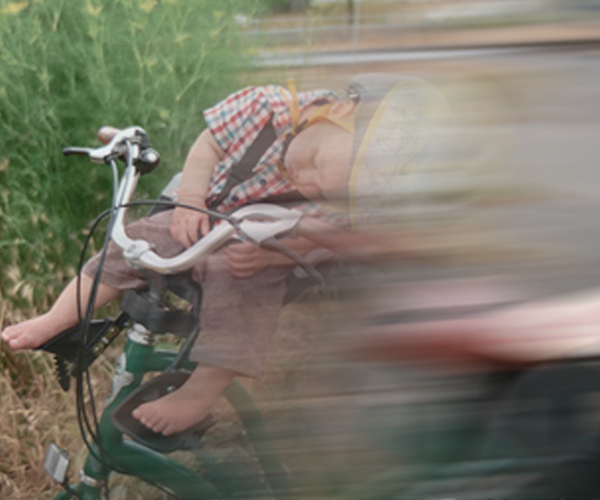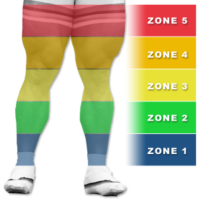“Endurance” Classes…Are They Really All That Important for Indoor Cycling?
In the cycling world, the concept of base training is being turned on its head. If this is being questioned for outdoor cyclists, how on earth would it apply to indoor cyclists to spend hours at low intensities? If you’ve ever questioned whether you should be teaching your 45- or 60-minute classes in Zone 2 (65%–75% MHR), you may want to read this post.Read more…

